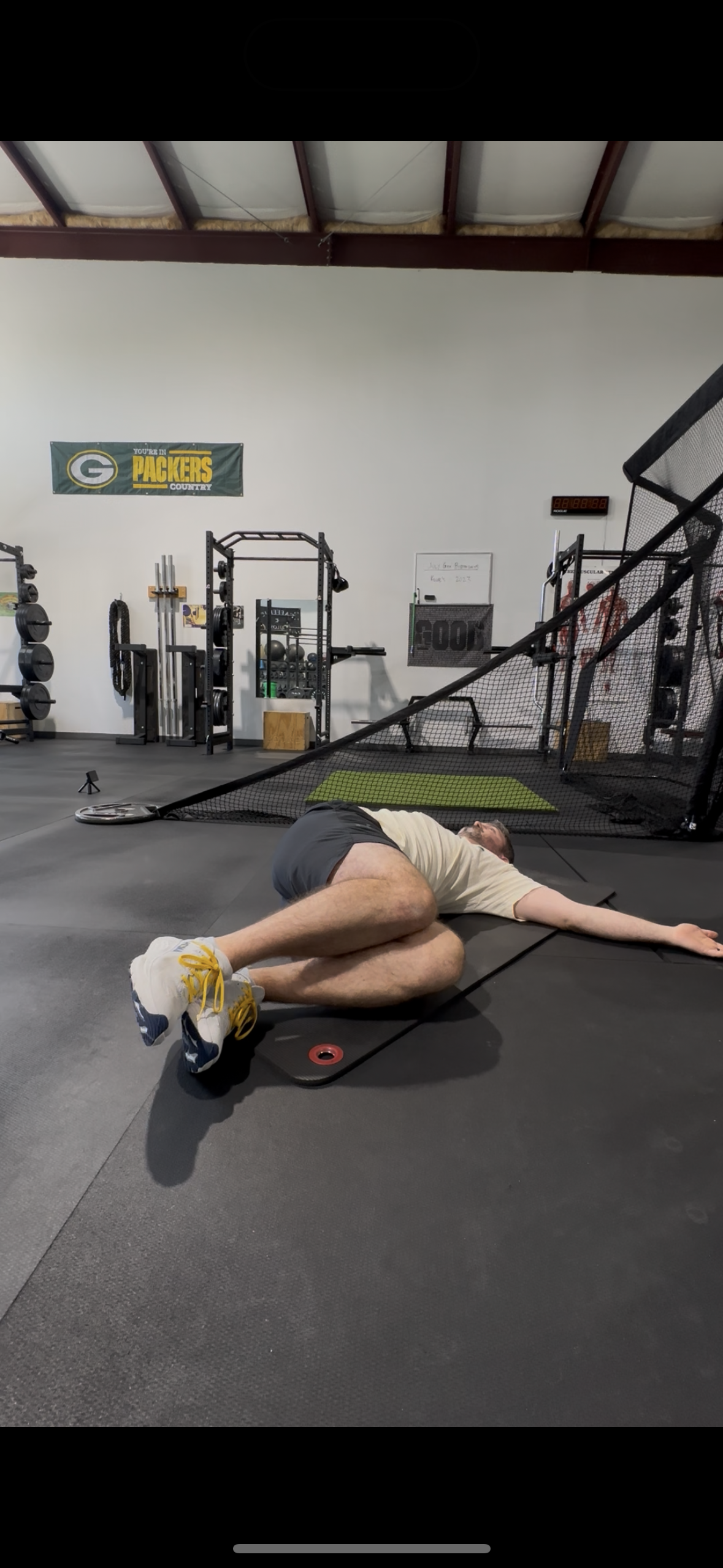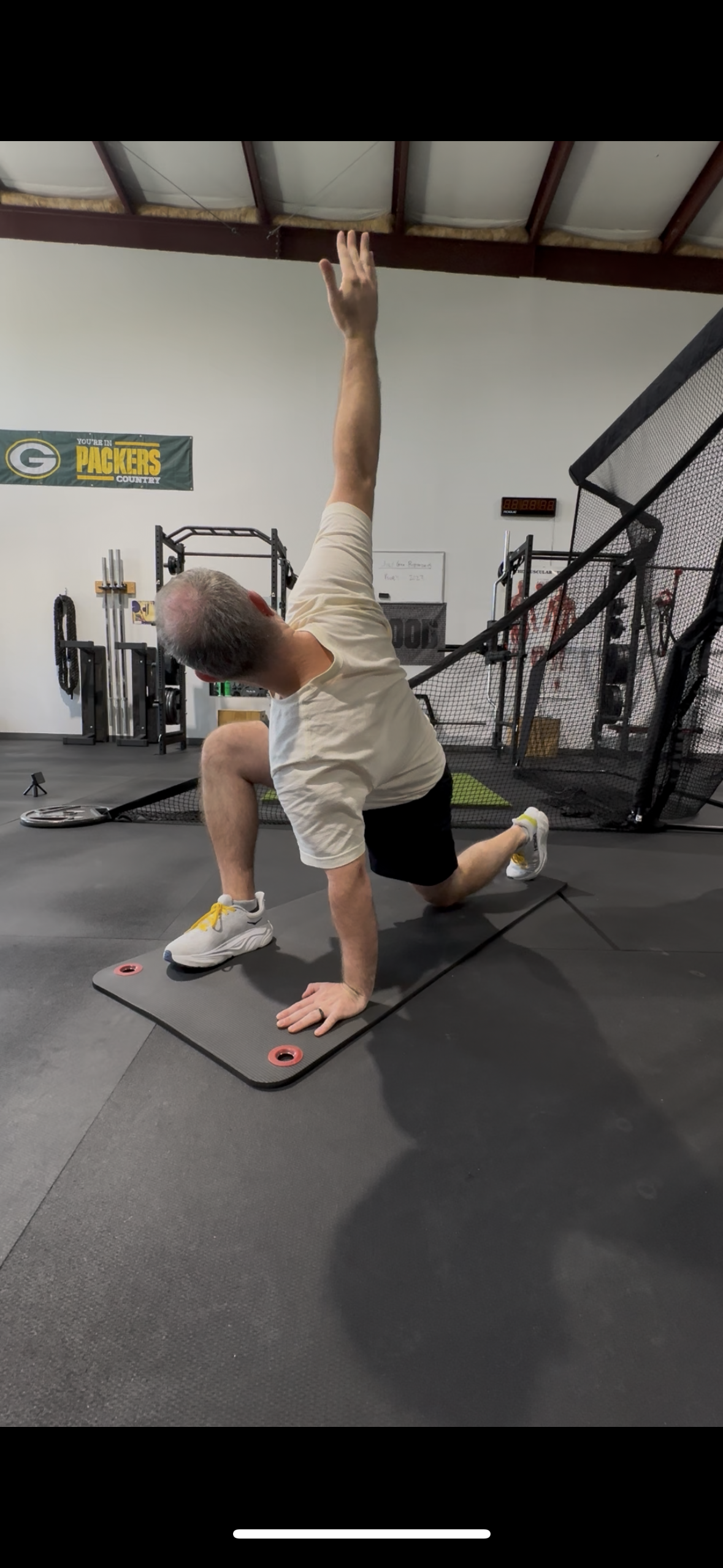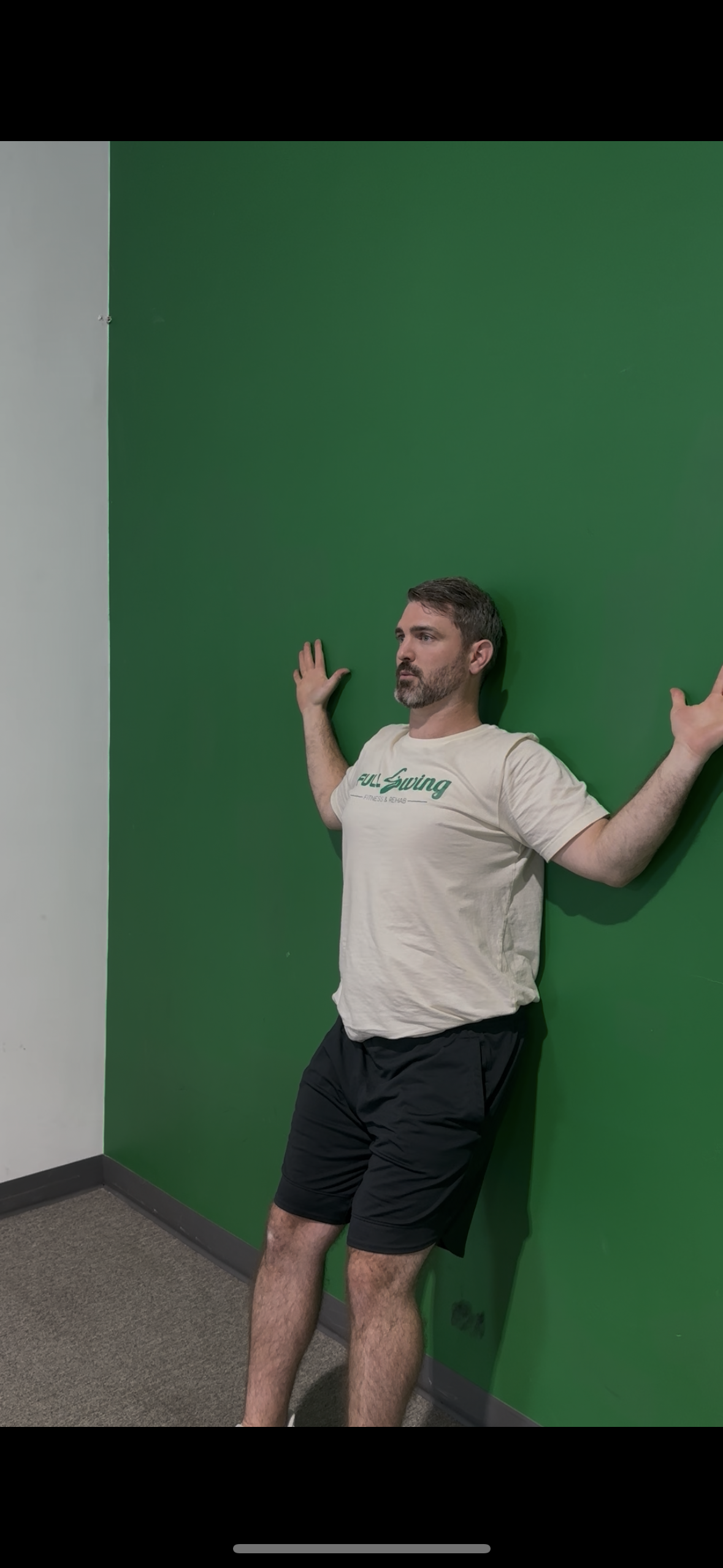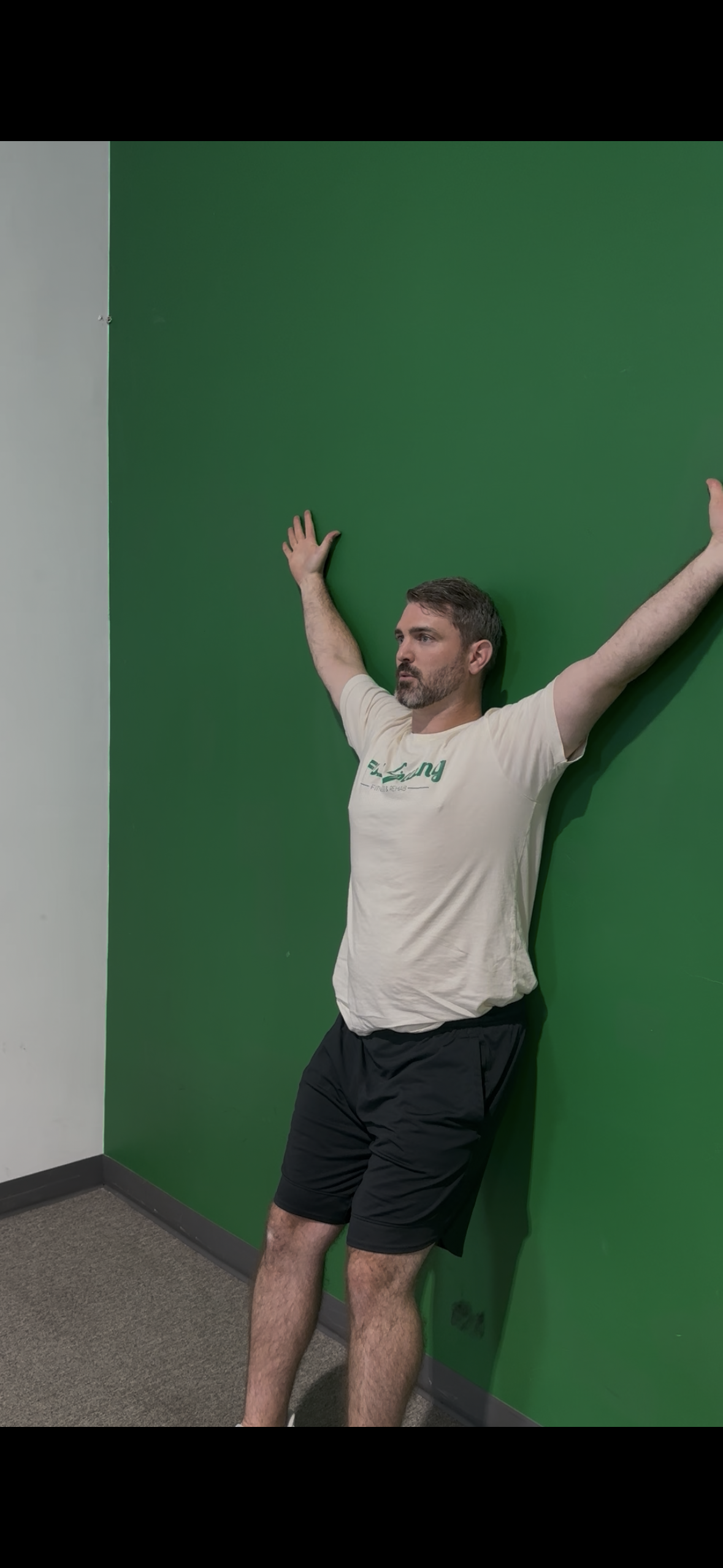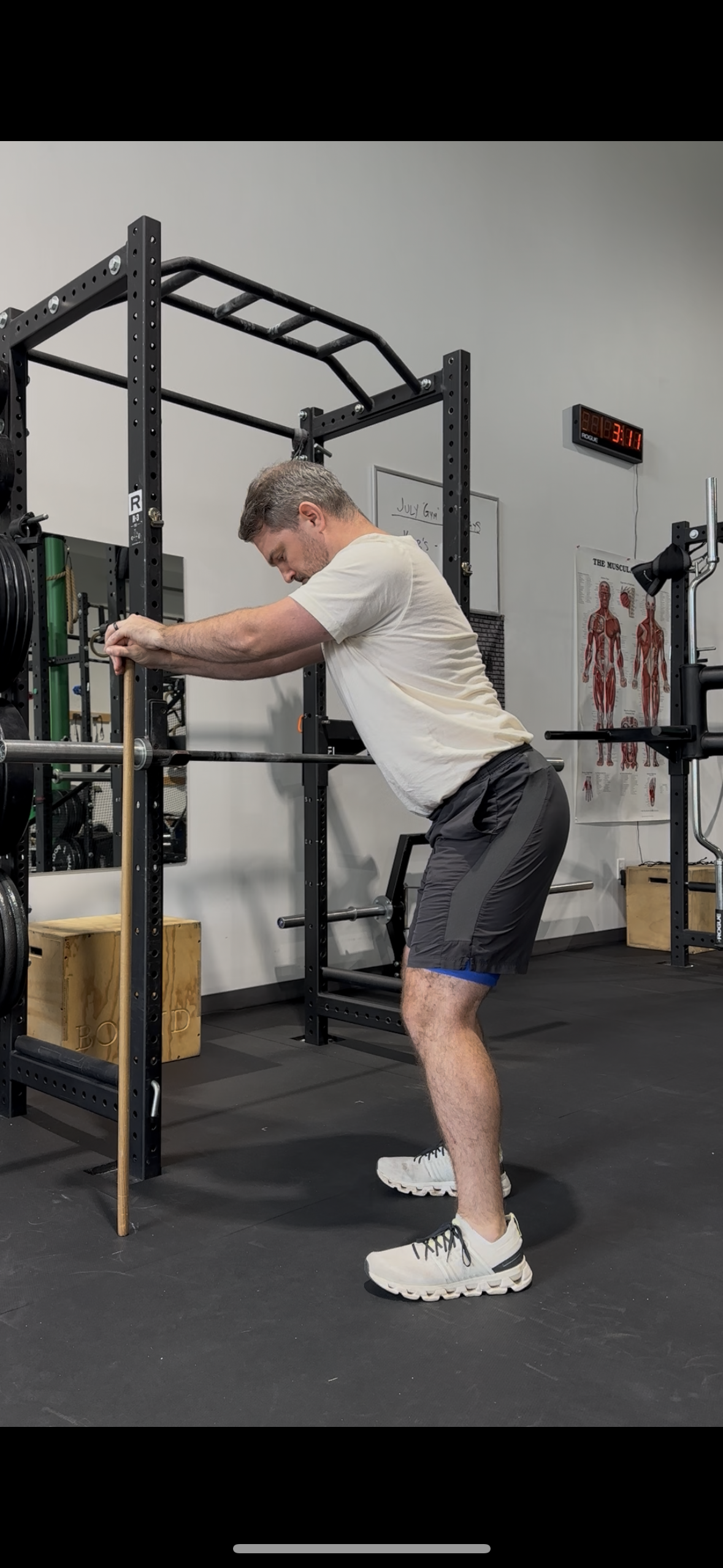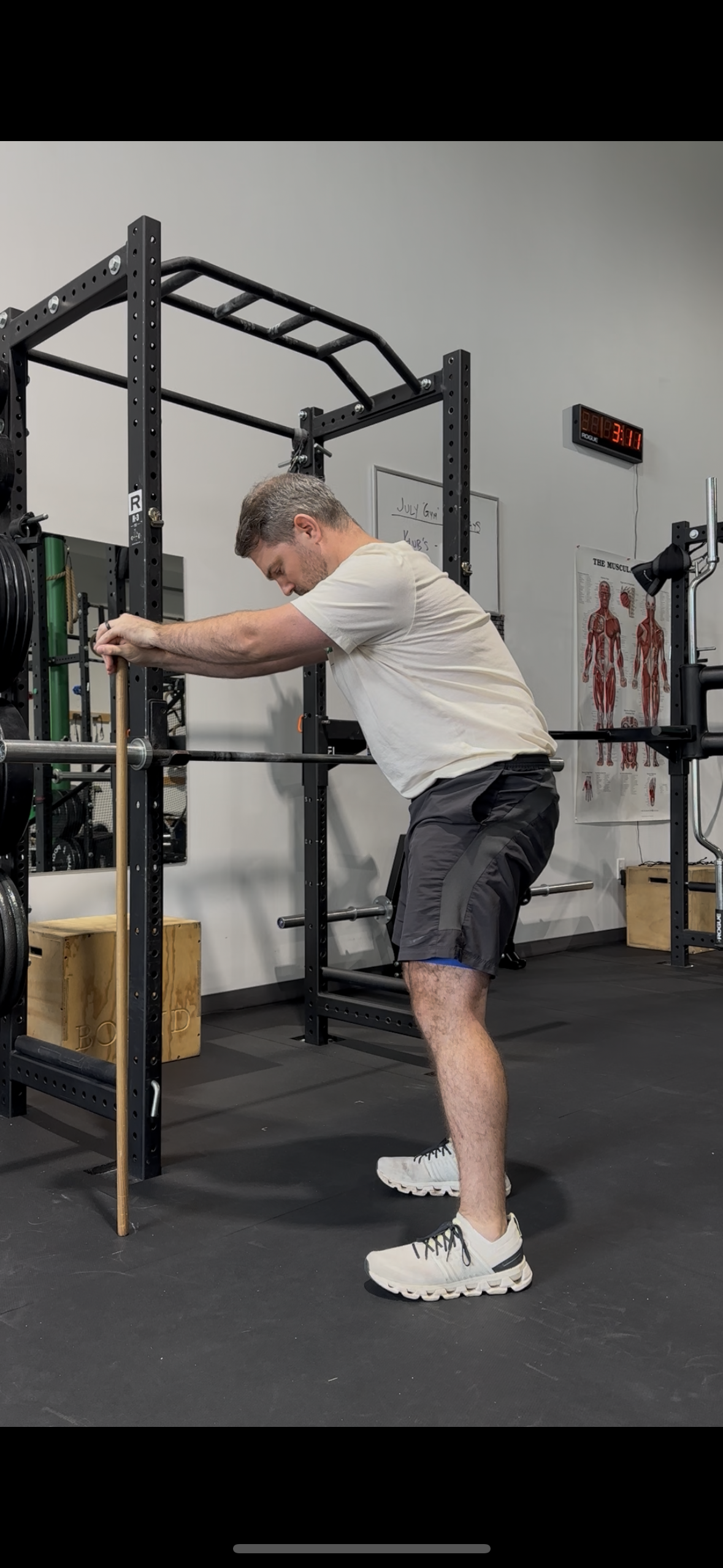The Top 5 Mobility Drills Every Golfer Over 40 Should Do
As we age, our flexibility and mobility naturally decline. This is true even for active adults. Those who are less active with sedentary jobs are affected significantly more, developing postural abnormalities, arthritis, general weakness, and chronic pain. For golfers over 40, this often means a decline in performance and/or a higher risk of injury.
Here are my top 5 mobility drills that all golfers over 40 should be doing to stay mobile. They are easy to incorporate into a daily routine or use as a warm-up prior to a round of golf.
1. Pigeon Stretch
Why It Matters:
Your hips are the engine of your golf swing. Limited hip mobility can reduce power and lead to compensation injuries in the back or knees.
How To Do It:
With hands and knees on the floor or yoga mat, put your knee in front and bring your lower leg and foot up toward the opposite hand
Kick your other leg back while leaning back into your hip
Hold for 30 seconds per side. Repeat 2–3 times.
Pro Tip: Should feel a stretch across your hip into your glute. You can modify by putting your knee on the mat and not bringing your foot up to far
2. Open Book Thoracic Rotation
Why It Matters:
The mid-back (thoracic spine) is essential for rotation. If it’s stiff, you will compensate in your low back, leading to overuse injuries or chronic pain. Poor thoracic mobility can also lead to poor swing mechanics such as sway, slide, early extension, or reverse spine angle, some of which can put even more unwanted stress on your spine.
How To Do It:
Lie on your side with your knees bent at 90°, your hips bent as well (to 30-40°), and arms extended in front of you.
Rotate your top arm across your body toward the floor behind you while turning your upper body within a comfortable range and keeping your legs in the starting position
Hold for 3-5s, then return.
Repeat 10 reps on each side.
Pro Tip: Keep your hips and knees stacked and avoid twisting through the low back.
3. World’s Greatest Stretch (with Rotation)
Why It Matters:
This stretch targets the hip joints, hip flexors, thoracic spine, and hamstrings; all of which are crucial for an efficient, pain-free swing.
How To Do It:
Step into a deep lunge.
Place both hands inside your lead foot.
Drop your back knee and rotate your inside arm toward the ceiling.
Switch sides. Repeat 5–6 reps each side.
Pro Tip: Do this before every round. Many tour pros do this for a reason.
4. Standing Shoulder Wall Angels
Why It Matters:
In many cases, shoulder pain or dysfunction stems from poor scapular mechanics and weakness. Shoulder mobility and scapular control also help you achieve a full, powerful backswing and smooth follow-through, especially as posture changes with age.
How To Do It:
Stand with your back flat against a wall, arms in a “goalpost” shape (elbows at 90°).
Raise and lower your arms slowly, keeping elbows and wrists touching the wall.
Do 10 reps within a full, comfortable range of motion
Pro Tip: If standing is too difficult, try sitting in a chair or stool
5. Pelvic Tilts in Golf Posture
Why It Matters:
Controlling your pelvis is key for maintaining spine angle and avoiding faults like early extension. Great pelvic control and sequencing is also what separates many amateurs from professional golfers.
How To Do It:
Get into your golf posture (hip hinge, athletic stance).
Slowly tilt your pelvis forward and backward.
Do 10–15 controlled reps.
Pro Tip: Shaking throughout the exercise means weakness, but will improve over time.
Why These Drills Matter
Most golf injuries, and pain in general, come from poor mobility and movement compensations. These five drills target the most important joints and movement patterns for golfers over 40. Regularly practicing them can help you:
Increase swing speed and power
Maintain better posture and control
Prevent injuries in the back, hips, and shoulders
Feel younger and more athletic on the course
Other Considerations
Stop an exercise at any point if it is causing pain or making existing pain worse
Stretches should be moderate intensity, not maximal stretch
Good times to go through this routine are mornings, nights before bed, and as a warm-up prior to golfing
Ready to Take the Next Step?
At Full Swing Fitness and Rehab, we use Titleist Performance Institute (TPI) screens and personalized mobility evaluations to break down what’s causing pain or inconsistencies in the golf swing. Paired with a golf swing analysis, we’ll create a plan that not only elevates pain, but also increases efficiency and performance, so you can play as much as you want for as long as you want.
If you have pain and live in Green Bay, WI or surrounding areas, call and we can book a physical therapy and/or golf swing evaluation today.



